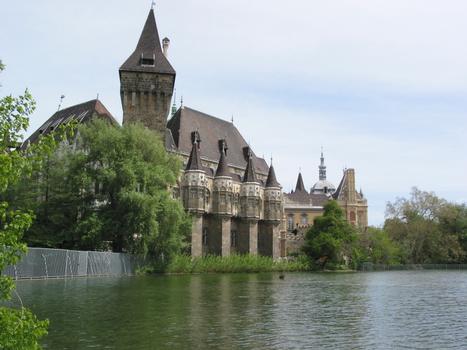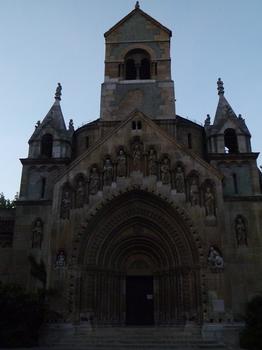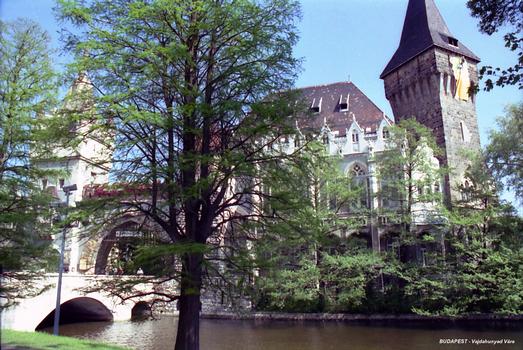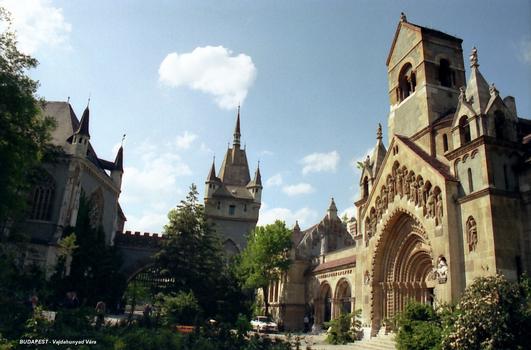General Information
Project Type
| Function / usage: |
Château |
|---|
Location
Technical Information
There currently is no technical data available.
Excerpt from Wikipedia
Vajdahunyad Castle (Hungarian: Vajdahunyad vára) is a castle in the City Park of Budapest, Hungary. It was built in 1896 as part of the Millennial Exhibition which celebrated the 1,000 years of Hungary since the Hungarian Conquest of the Carpathian Basin in 895. The castle was designed by Ignác Alpár to feature copies of several landmark buildings from different parts the Kingdom of Hungary, especially the Hunyad Castle in Transylvania (now in Romania). As the castle contains parts of buildings from various time periods, it displays different architectural styles: Romanesque, Gothic, Renaissance, and Baroque. Originally, it was made from cardboard and wood, but it became so popular that it was rebuilt from stone and brick between 1904 and 1908. Today, it houses the Museum of Hungarian Agriculture, the biggest agricultural museum in Europe.
The statue of the chronicler Anonymus (by Miklós Ligeti) is also displayed in the castle court. Anonymus lived in the 12th century (his true identity is unknown, but he was a notary of Béla III of Hungary), who wrote the chronicle Gesta Hungarorum (Deeds of the Hungarians).
The castle contains a statue of Béla Lugosi, as well, who was a Hungarian-American actor famous for portraying Count Dracula in the original 1931 film.
Text imported from Wikipedia article "Vajdahunyad Castle" and modified on July 23, 2019 according to the CC-BY-SA 4.0 International license.
Participants
- Ignác Alpár (architect)
Relevant Web Sites
- About this
data sheet - Structure-ID
20021152 - Published on:
02/05/2006 - Last updated on:
29/07/2014









